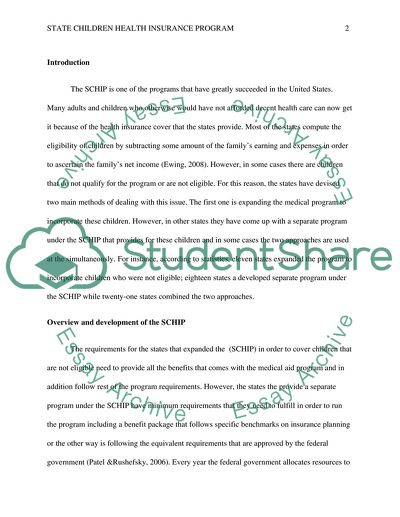Cite this document
(“State Children Health Insurance Programs Research Paper”, n.d.)
State Children Health Insurance Programs Research Paper. Retrieved from https://studentshare.org/health-sciences-medicine/1585025-state-children-health-insurance-programs
State Children Health Insurance Programs Research Paper. Retrieved from https://studentshare.org/health-sciences-medicine/1585025-state-children-health-insurance-programs
(State Children Health Insurance Programs Research Paper)
State Children Health Insurance Programs Research Paper. https://studentshare.org/health-sciences-medicine/1585025-state-children-health-insurance-programs.
State Children Health Insurance Programs Research Paper. https://studentshare.org/health-sciences-medicine/1585025-state-children-health-insurance-programs.
“State Children Health Insurance Programs Research Paper”, n.d. https://studentshare.org/health-sciences-medicine/1585025-state-children-health-insurance-programs.


